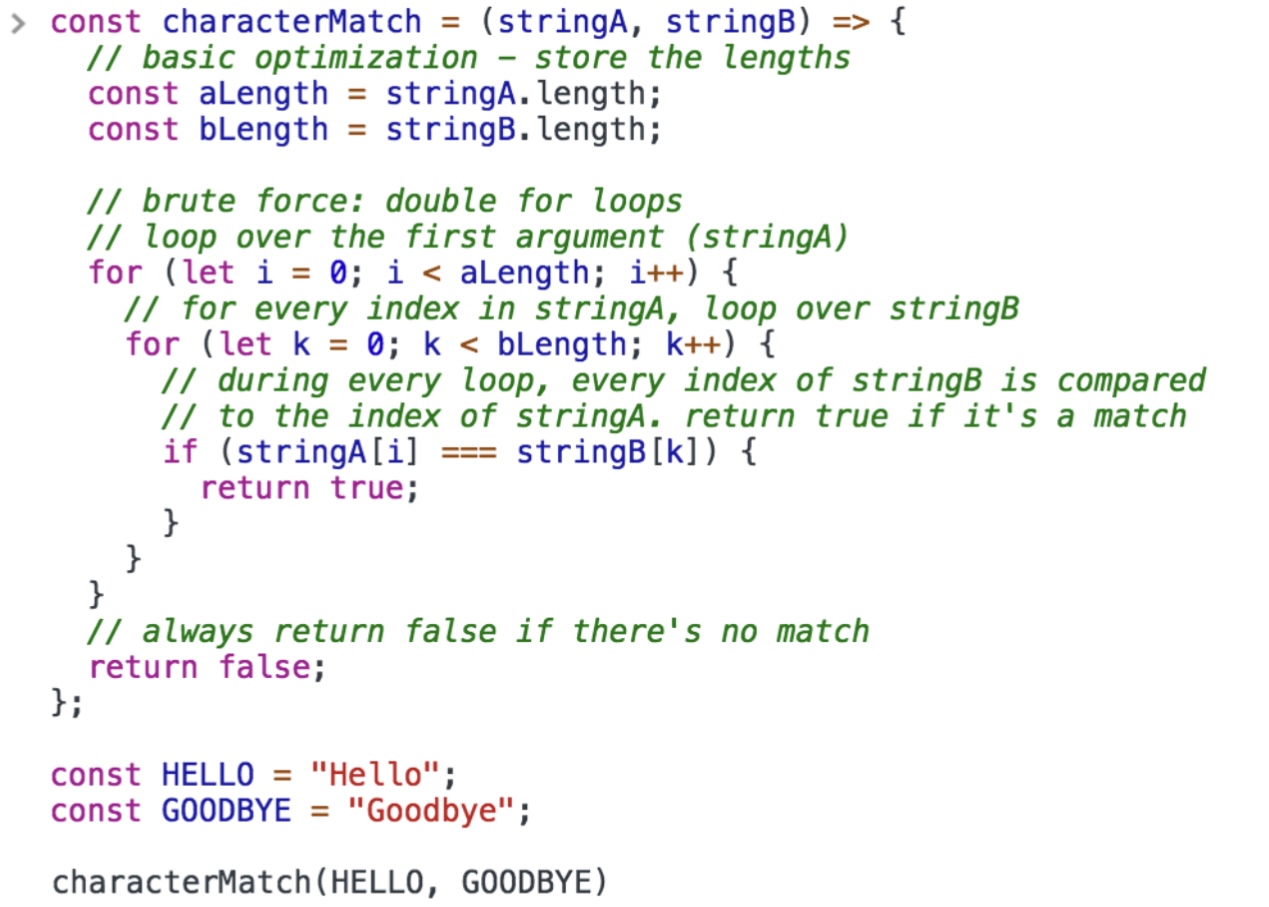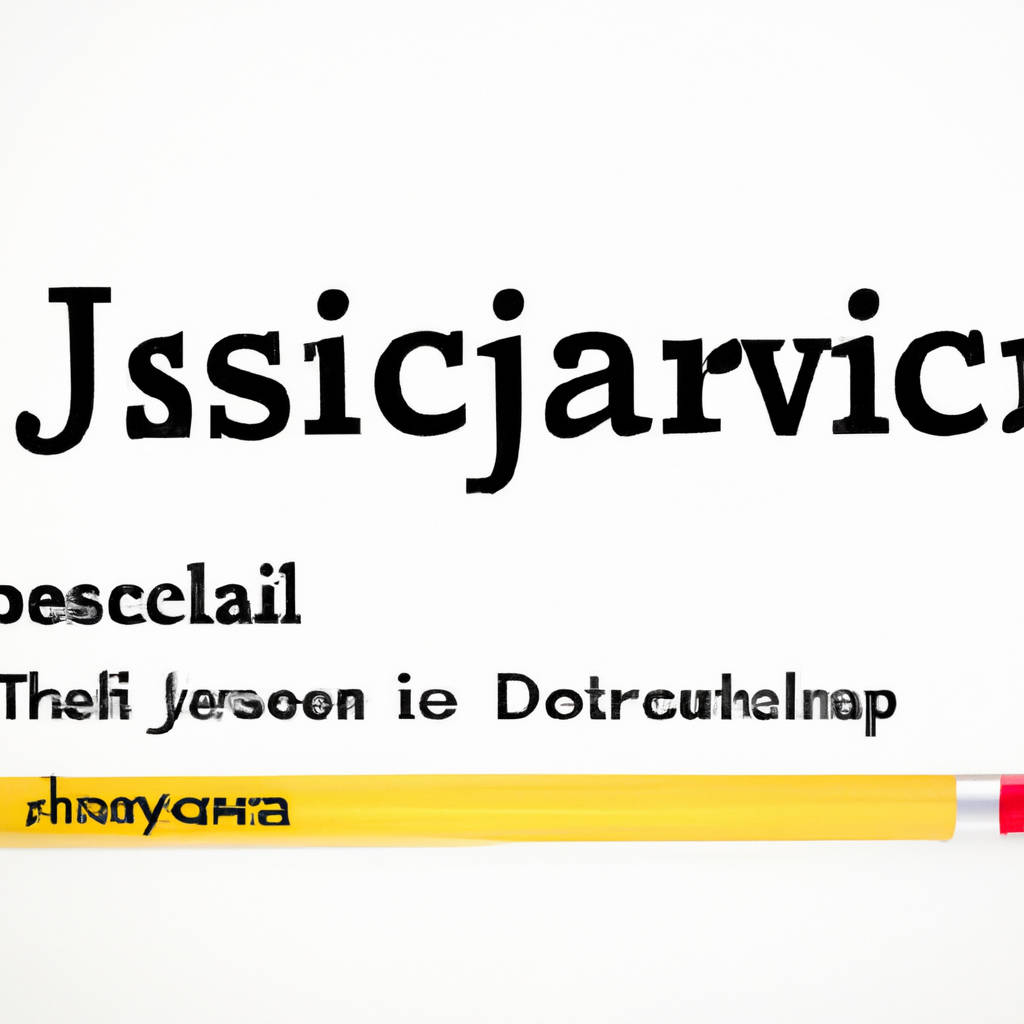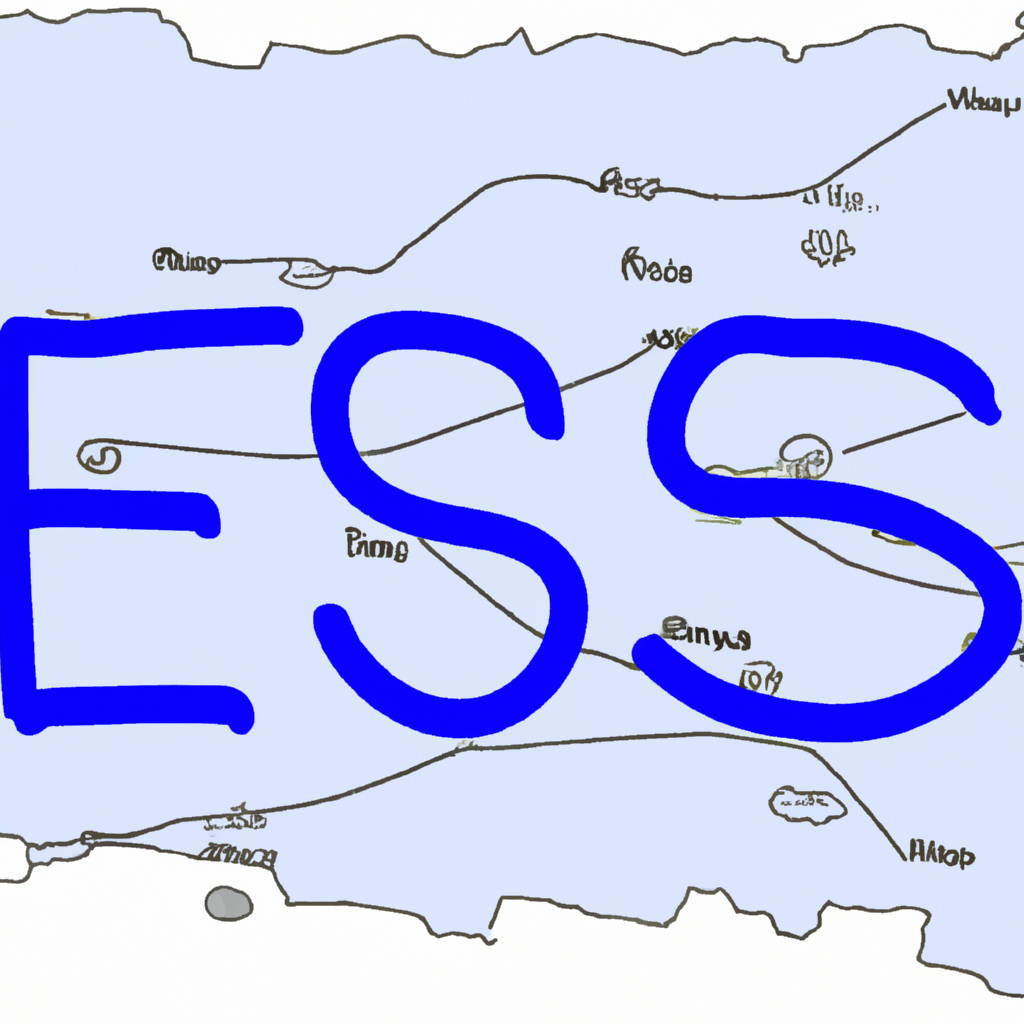Creating a JavaScript dictionary can be a useful tool for organizing and storing key-value pairs of data in a structured way. To create a JavaScript dictionary, you can simply declare a new object using curly braces and then define key-value pairs within the object. For example, you can create a dictionary to store information about a person by declaring a new object called “person” and adding key-value pairs such as “name”, “age”, and “occupation”.
You can access and modify the values in the dictionary by using the keys to retrieve or update the corresponding values. JavaScript dictionaries are flexible and can store a wide range of data types as both keys and values, making them a versatile tool for managing and manipulating data in your code. By creating and using JavaScript dictionaries effectively, you can streamline your code and improve the organization and readability of your programs.

Object Literal Syntax
Object literal syntax is a way of defining and creating objects in programming languages such as JavaScript. It allows developers to easily create objects with properties and values in a concise and readable manner. By using curly braces to enclose key-value pairs, developers can quickly define the properties of an object without the need for a separate constructor function. This syntax is particularly useful when defining objects with a small number of properties, as it eliminates the need for repetitive code.
Additionally, object literal syntax allows for the creation of nested objects by simply including another object within the curly braces. This makes it easy to organize and structure complex data in a clear and intuitive way. Overall, object literal syntax is a powerful tool for developers to efficiently create and work with objects in their code. Its simplicity and flexibility make it a popular choice for many programmers when defining objects in their projects.
Using the Object constructor
The Object constructor in JavaScript is a powerful tool that allows developers to create objects with properties and methods. By using the Object constructor, developers can define custom objects with specific attributes and behaviors, making it easier to organize and manipulate data in their code. This can be especially useful when working with complex data structures or when needing to create multiple instances of similar objects. The Object constructor provides a way to encapsulate data and functionality within a single entity, making code more modular and easier to maintain.
Additionally, the Object constructor can be used to create objects that inherit properties and methods from other objects, allowing for code reuse and promoting a more efficient development process. Overall, the Object constructor is a valuable tool for JavaScript developers looking to create flexible, reusable, and organized code. By leveraging the power of the Object constructor, developers can streamline their development process and create more efficient and maintainable codebases.

Object.create()
Object.create() is a method in JavaScript that allows developers to create a new object with a specified prototype. This prototype serves as a blueprint for the new object, defining its properties and methods. By using Object.create(), developers can easily create objects that inherit properties and methods from a parent object without the need for traditional constructor functions or class declarations.
This method is particularly useful for creating objects with shared functionality, as it allows for easy delegation of properties and methods from one object to another. Additionally, Object.create() supports the creation of objects with null prototypes, providing developers with even more flexibility in object creation. Overall, Object.create() is a powerful tool in JavaScript that simplifies the process of object-oriented programming and enables developers to create more modular and reusable code.
ES6 Map
ES6 Map is a data structure introduced in ECMAScript 6 that allows for the storage of key-value pairs. It provides a more flexible and efficient way of managing data compared to traditional object literals. One of the main advantages of ES6 Map is that it allows for any type of value to be used as keys, not just strings like in regular objects. This makes it easier to store and retrieve data in a more organized manner.
Additionally, ES6 Map also maintains the insertion order of keys, which can be useful in scenarios where the order of elements is important. Another feature of ES6 Map is the ability to iterate over its elements using methods like forEach or the for…of loop, making it easier to work with the data stored within it. ES6 Map also provides methods for adding, deleting, and updating key-value pairs, as well as checking for the presence of a key in the map. Overall, ES6 Map is a powerful tool for managing data in JavaScript applications, offering more flexibility and functionality compared to traditional objects.

JSON Notation
JSON notation, short for JavaScript Object Notation, is a popular data format used for exchanging and storing information. It is based on a subset of the JavaScript programming language and is commonly used in web development to transmit data between a server and a client. JSON notation is lightweight and easy to read, making it a preferred choice for APIs and data exchange formats. It is structured as key-value pairs and supports arrays and nested objects, allowing for flexible data representation.
JSON notation is widely supported by programming languages and tools, making it a versatile format for data interchange. Its simplicity and human-readable format make it a popular choice for storing configuration settings, transmitting data over the internet, and even as a data storage format for NoSQL databases. Overall, JSON notation is a powerful tool for working with data in a structured and efficient manner, making it a valuable asset in the world of web development.
Choosing the Right Approach
When faced with a decision, it is important to consider the different approaches that one can take in order to achieve the desired outcome. Each approach comes with its own set of consequences and potential benefits, so it is crucial to carefully evaluate which approach aligns best with one’s values and goals. Some approaches may require more effort and time, while others may be more efficient but come with higher risks. It is also important to consider the impact that each approach may have on others and the potential repercussions that may arise as a result.
Ultimately, choosing the right approach involves weighing the pros and cons of each option and making a decision that feels most appropriate given the circumstances. It is important to trust one’s instincts and judgement when selecting an approach, as it is ultimately up to the individual to determine the best course of action. By taking the time to carefully consider all of the available options and their potential outcomes, one can make a decision that is in line with their values and beliefs. In the end, choosing the right approach is about finding a balance between achieving one’s goals and maintaining integrity and ethical standards. It is a process that requires careful consideration and reflection, but by choosing wisely, one can ensure that their actions are in alignment with their values and principles.